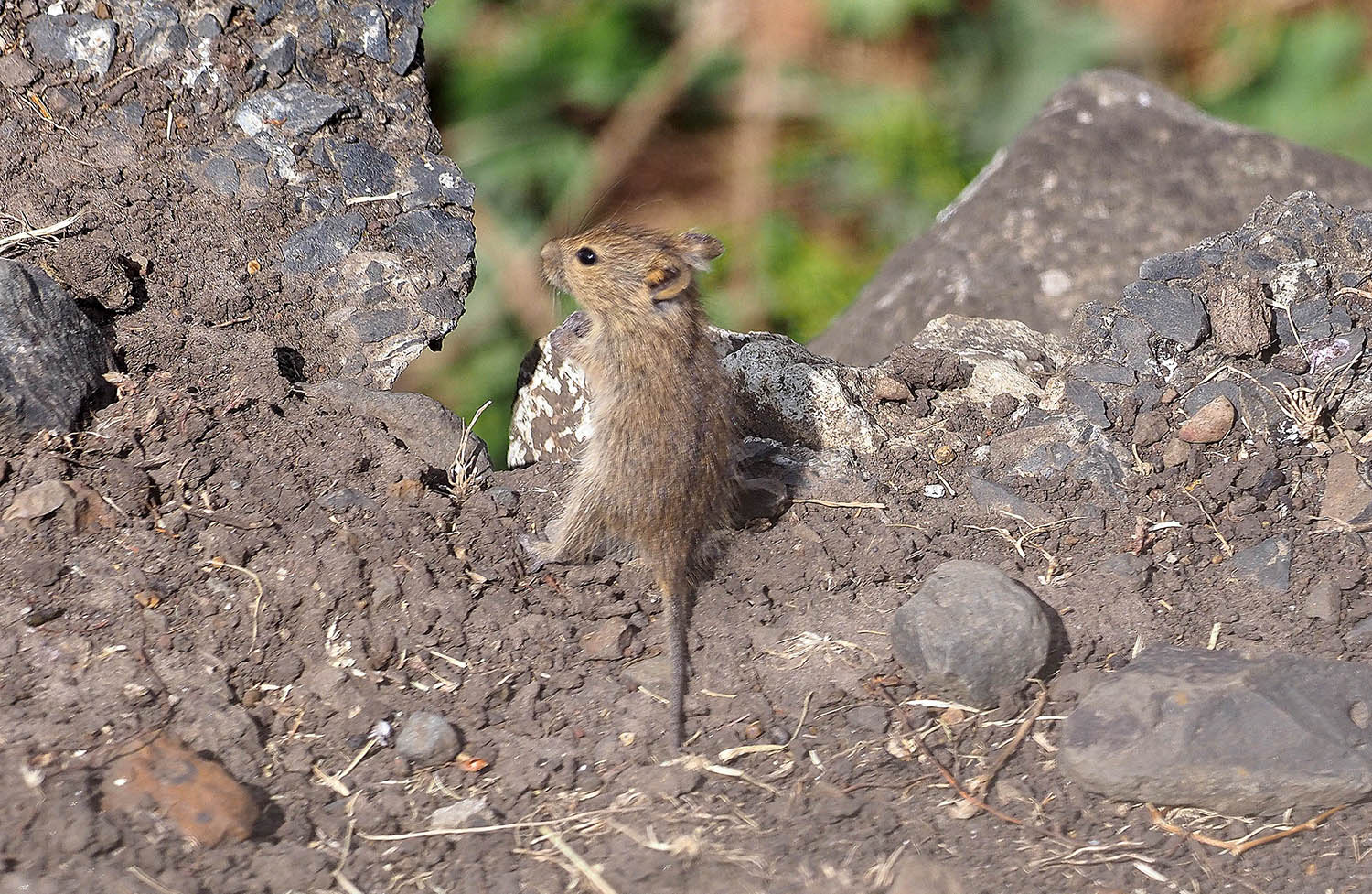
Need ID for Grass rats from Ethiopia
Could somebody help me with the identification of these Grass rats (presumably Arvicanthis) from Ethiopia
Picture mid and right were taken in the northwestern highlands, 20 km west of Debre Birham; altitude 2700 m (26.11.2020)
Picture left was taken on the Sanetti plateau in Bale Mountains NP; altitude 4000 m (02.12.2020)
Thank you very much in advance
Michael
9 Comments
-
-
Charles Foley
Hi Michael, yes I think they are both Arvicanthis. As Peregrine and Terry say, the one from Sanetti is Arvicanthis blicki. The other two are most likely A. abyssinicus, given the black stripe down their back. They look a bit small, but it might just be the camera angle. I’m assuming they were found in high grasslands?
-
Leave a Reply
You must be logged in to post a comment.


Peregrine Rowse
Michael, I am primarily a birder and no expert but the daytime active grass rats I saw near Debre Birhan were identified by leading bird guides Nigel Redman and Merid Gabremichael as Harrington’s Desmonys (Desmonys harringtoni) known locally as Dega Rat. Dega is the local word for high altitude grassland. You photos appear to be the same sp. that I saw.
The abundant rodent on the Sanetti Plateau we reckoned to be Blick’s Arvicanthis (Arvicanthis blicki).
I have photos of both species but can’t work out if it is possible to copy them into a comment reply. If you or anyone else thinks my idenfications are wrong I would love to know!